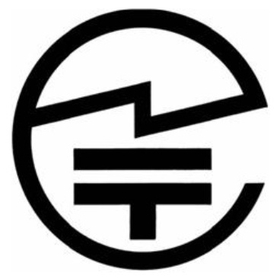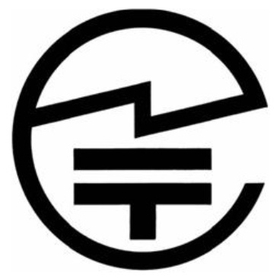news list
1~3 item / All 3 items
-

What is an anechoic chamber? Is it really necessary?
An anechoic chamber is a "special room" used to test the performance and safety of wireless devices. In a regular room, invisible waves from smartphones, Wi-Fi, and televisions are present, making it impossible to conduct accurate tests on devices. Therefore, an anechoic chamber is a special space that "completely shuts out external waves" and also ensures that "waves inside do not leak outside." When is it used? - Testing and inspection of wireless devices - Testing for obtaining technical standard conformity certification (Giteki) - Confirming that there is no interference from waves to other devices In other words, it is "an essential place for creating accurate and reliable wireless devices." What is the inside of the room like? - The walls, ceiling, and floor are covered with "sponge-like materials that absorb waves (wave-absorbing panels)." - The entire room is covered with a metal shield to prevent external waves from entering. Why is it so important? Wireless devices can significantly impact medical equipment, airplanes, and fire department radios, depending on where they are used. That is why it is crucial to thoroughly verify that they emit waves correctly and safely in a place free from external influences, which is the anechoic chamber.
-

A clear explanation of how to obtain a technical standards conformity certification!
To sell and use products that utilize wireless technology in Japan, it is necessary to obtain a national certification called "Technical Standards Conformity Certification (Giteki)." So, "how do you obtain Giteki?" 【Step 1】 What products require Giteki? Devices that communicate using wireless technology that emits radio waves are subject to this requirement, such as smartphones, Wi-Fi routers, Bluetooth earphones, wireless mice, wireless transceivers, IoT devices, etc. 【Step 2】 Where can you get the assessment done? The assessment for Giteki is conducted by a third-party organization recognized by the government, called a "Registered Certification Body." Examples include the Telecommunications Engineering Center (TELEC) and the Japan Maritime Bureau (JCI). 【Step 3】 What do you need to submit? For the assessment, you need to submit documents and samples such as the following, to check for "signal strength," "frequency accuracy," and "radio interference": Product technical specifications (such as frequency and output), circuit diagrams or design drawings, and the actual product (or prototype). 【Step 4】 If you pass the test, you will receive the "Giteki mark"! 【Step 5】 After that, you can freely sell and use the product!
-

What is Technical Standards Compliance Certification (Giteki)?
"Technical Standards Conformity Certification," commonly known as "Giteki," refers to the "government approval" necessary for safely using wireless devices (such as smartphones, Wi-Fi routers, transceivers, etc.) in Japan without affecting other communications. To put it simply... For example, products that use wireless technology emit "radio waves." If these radio waves are too strong or the frequency is incorrect, there is a risk of adversely affecting devices like televisions or emergency radios. Therefore, in Japan, only products that have been certified to comply with regulations regarding radio wave emissions can be used, and this certification is indicated by the Giteki mark. ■ Where can you find the Giteki mark? The Giteki mark can be displayed on the product itself or in the settings screen, and products with this mark are legally usable wireless devices in Japan. ■ What happens if you use a product without Giteki? Using devices that have not received Giteki certification in Japan may result in a violation of the Radio Law. For instance, smartphones or transceivers purchased overseas often lack the Giteki mark, and using them in Japan can be illegal, so caution is advised.